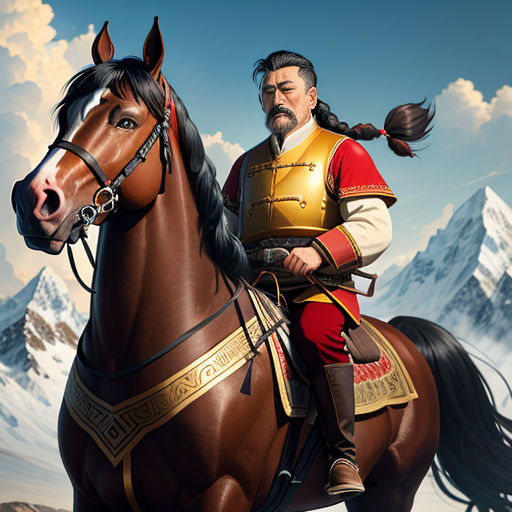
The Rise and Fall of the Mongol Empire
By Storybird

16 Sep, 2023

In the heartlands of Asia, where the mountains kiss the sky, a force was rising, gathering strength beneath the leadership of Genghis Khan.

Genghis Khan, the tireless warrior, set forth his sight on Europe. He led his army with a single-minded passion, instilling discipline and loyalty in them.
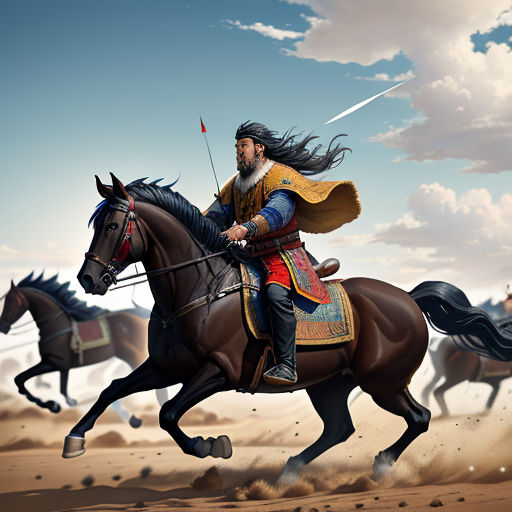
The Mongolian battle strategies were superior and relentless. Europe was no match to the Mongolian horsemen and their archers. Kings fell and cities capitulated in their wake.

The immense power and influence of the Mongol Empire were starting to take shape. The vast landscape of Europe was changing from diverse cultures to one - the Mongolian way.
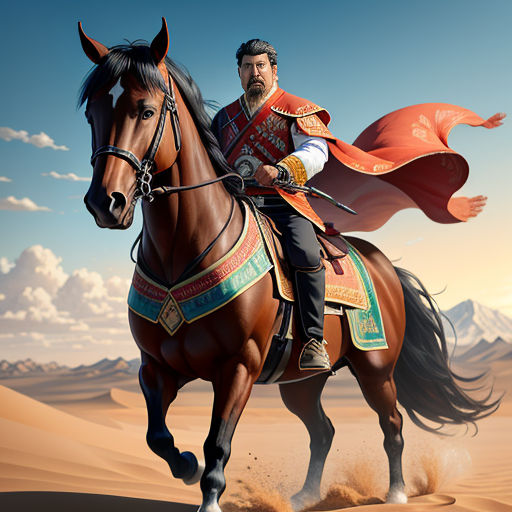
Genghis Khan then turned his eyes southwards towards the exotic lands of North Africa. The Sahara posed a formidable challenge, but Khan saw an opportunity.

Khan's strategies were even more effective in North Africa. His adaptability was put to the test in the harsh desert. However, he proved victorious, extending his empire further.

The Mongol Empire was now more significant and more powerful than ever before. The ideals of Khan reached different corners of the known world, instilling a unique unity among people.
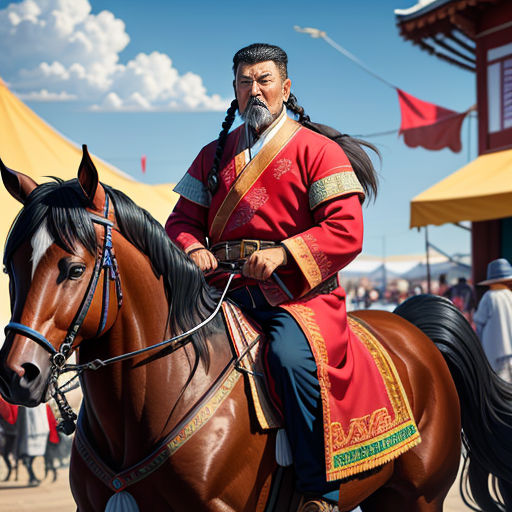
The assimilation of diverse cultures started to blur. People began to adopt Mongolian traditions, language, and even their nomadic lifestyle, creating a homogeneous Mongolian world.

However, the massive size of the Mongol Empire started to strain its stability. Politics, power struggles, and uprisings became more frequent across the empire.
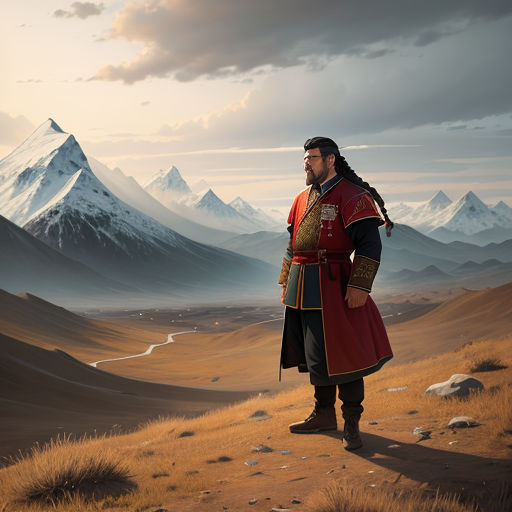
Khan found himself spending more time suppressing rebellions than conquering new lands. His dream of a united world under Mongolian influence seemed to be slipping away.
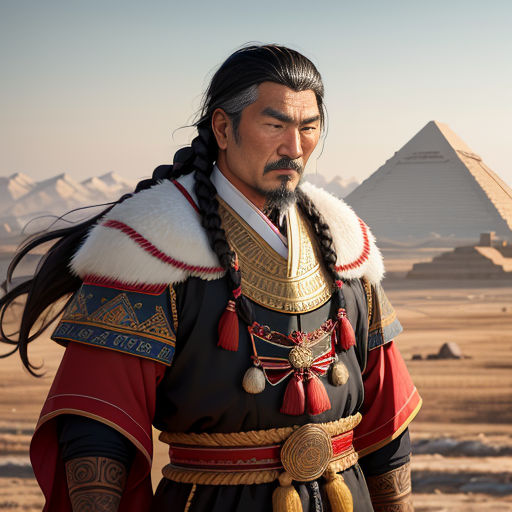
As the Mongolian influence grew weaker, Europe and North Africa started to reclaim their identities. Old cultures resurfaced, realizing they were stronger than the imposed Mongolian identity.
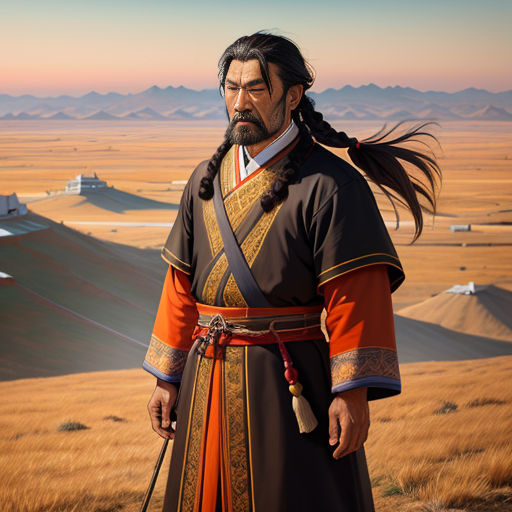
Yet, the Mongol Empire's resilience couldn't be overlooked. Although the Mongols were stretched to their limits, they managed to hold the majority of their conquered territories.
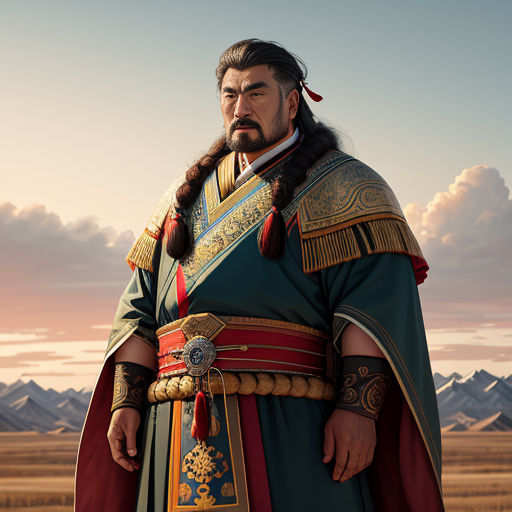
The world was never the same after the Mongol conquests. The Mongol Empire had imprinted its legacy on future civilizations and had rewritten the course of history.
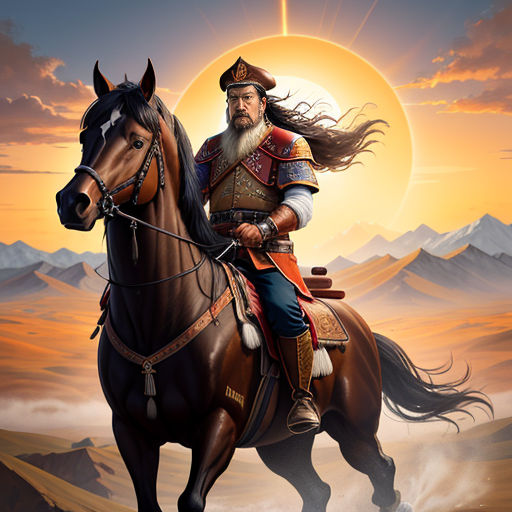
Genghis Khan returned to the heartlands of Asia, a seasoned conqueror. He had reached the zenith of power, only to see it start slipping away.

Even in its declining years, the Mongol Empire held an enviable position. The world had been reshaped through its conquests, bearing witness to the power of the Mongols.
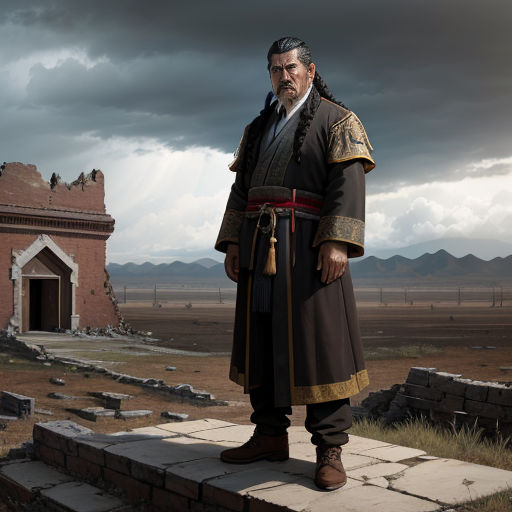
But the pressures of ruling a vast empire were enormous. Internal conflicts and external threats destabilized the empire further, hastening its decline.

Rebellion was rife, and the once feared Mongolian army could barely maintain order. The unity that Genghis Khan worked hard to instill was fracturing.
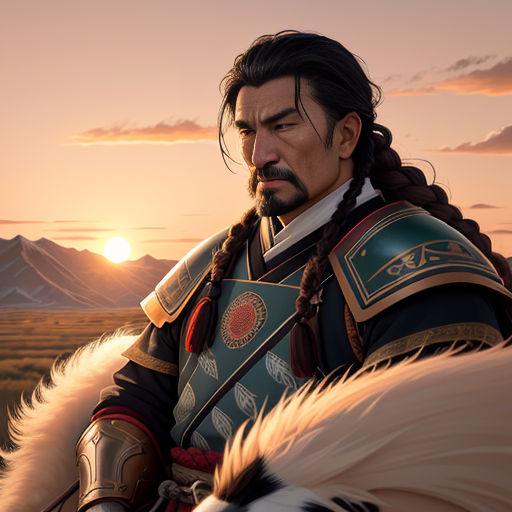
From ruling the largest contiguous land empire in history, Khan found himself fighting to keep his own people united. A sunset was looming on the horizon for the Mongol Empire.
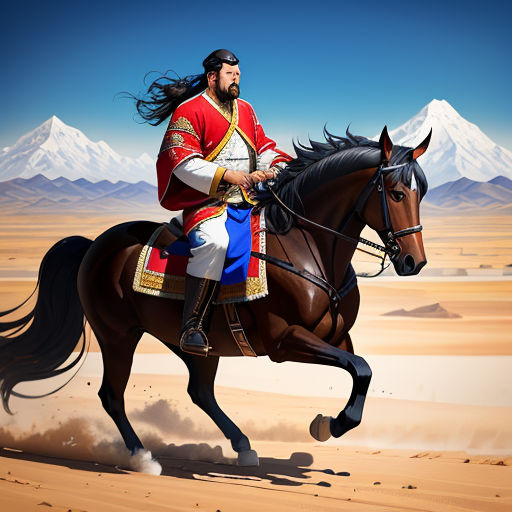
However, Genghis Khan's legacy was far from over. The Mongol Empire may have declined, but its influence was forever imprinted on the world.
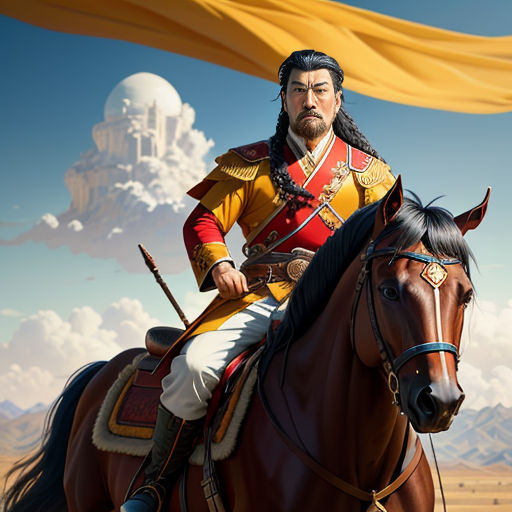
Today, the story of the Mongol Empire is recounted with awe and wonder. Khan's unyielding ambition and strategic prowess hold lessons for leaders across time and space.
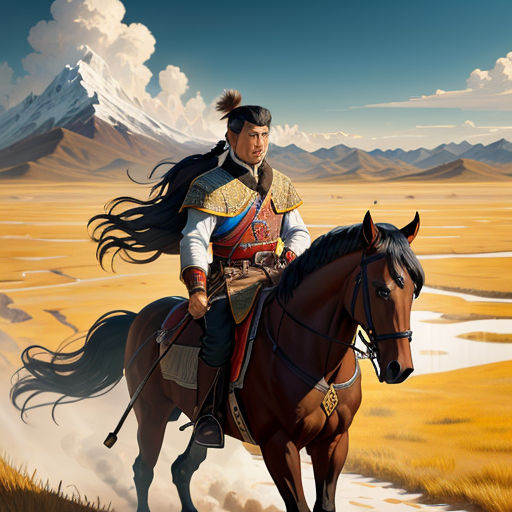
The rise and fall of the Mongol Empire serve as a stark reminder of the transient nature of power and the lasting impact of cultural exchanges and conquest.

The imprint of the Mongols is still felt today in the diverse cultures that flourished after the empire's decline, with traces of their influence subtly woven into the fabric of society.
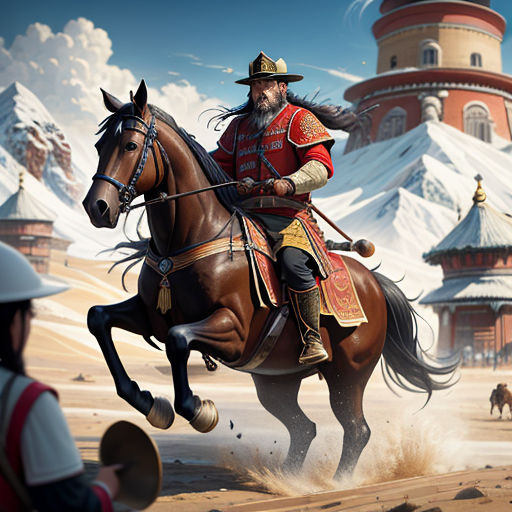
Even though the empire fell, Genghis Khan's dream of a united world under Mongolian influence had left its mark. Every territory they conquered was forever changed, its culture morphed, and its history enriched.

Every structure that crumbled under the Mongolian war cry, every king that fell on their knees, every land that bowed to their reign, tells the tale of the Mongol Empire's rise and fall.

The tale of Genghis Khan and his empire is not merely a story of power and downfall. It's a saga of ambition, of dreams larger than life, and the relentless pursuit of those dreams.
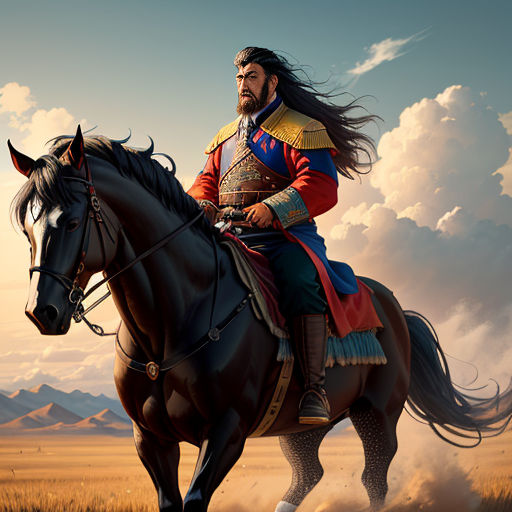
It is the story of a man who dared to dream beyond the infinite and the consequences of such undeterred ambition—an eternal tale of rise, rule, and ruin.
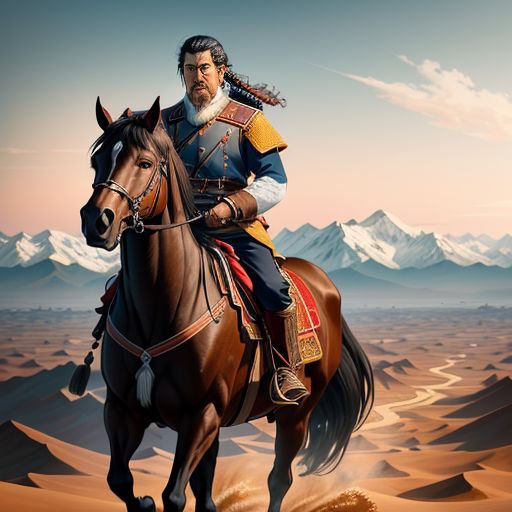
A tale that transcends time, the rise and fall of the Mongol Empire, from the mountains of Asia to the sands of Africa, serves as a timeless lesson for humankind.
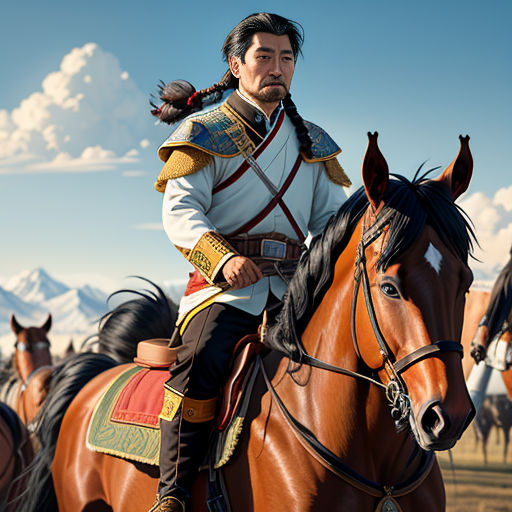
It's a testament to the transient nature of power and the indelible imprint of a culture. The might of the Mongol Empire may have declined, but its legacy thrives.
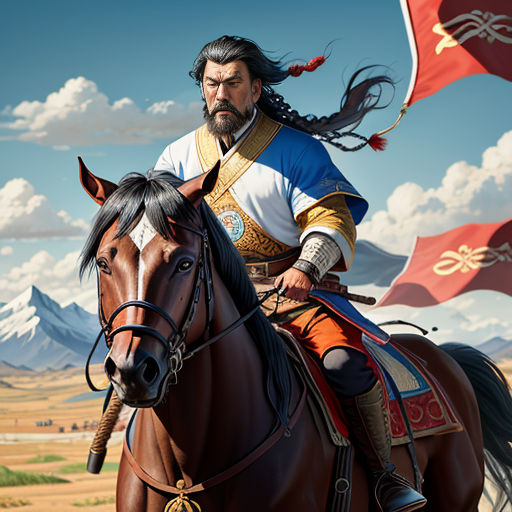
In the echoes of history, in the tales of conquests and kings, Genghis Khan and his Mongol Empire continue to live, continue to rule, and continue to inspire.

The rise and fall of the Mongol Empire may seem like a tale from another world, but its echoes still resonate in our world today, reminding us of the limitless potential of human ambition and the inevitable ebb and flow of power.

As Genghis Khan's tale echoes through the ages, we're reminded of the ephemeral nature of power and the lasting impact of cultural exchange. It's a story that will continue to inspire, long after the last echoes of the Mongol horse's hooves have faded.

The world today, in all its cultural diversity and vibrance, owes a piece of its history to the Mongols, to the rise and fall of an empire that dreamt beyond the possible, charting a path for others to follow.

The mighty Mongol Empire may have fallen, but its influence persists, leaving us with a legacy rich with lessons about power, ambition, and the potential for cultural exchange.

While the sand dunes of time have smoothened the marks of Genghis Khan's horsemen, the essence of their journey remains, etched in the annals of history, forever symbolizing the audacious spirit of conquering the impossible.
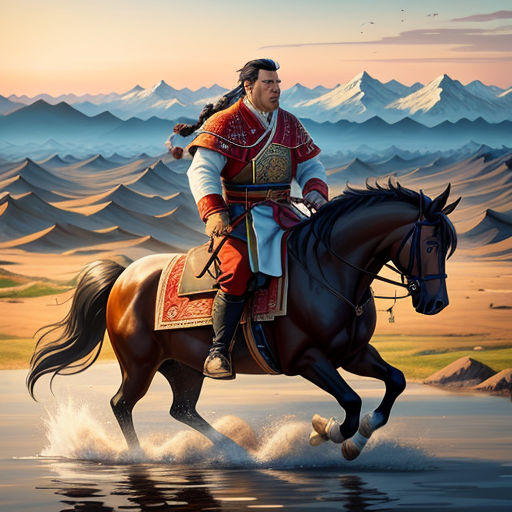
And thus, from the heartlands of Asia to the far corners of the world, the tale of the rise and fall of the Mongol Empire remains an enduring saga of human ambition, the fleeting nature of power, and the inevitable tide of change.